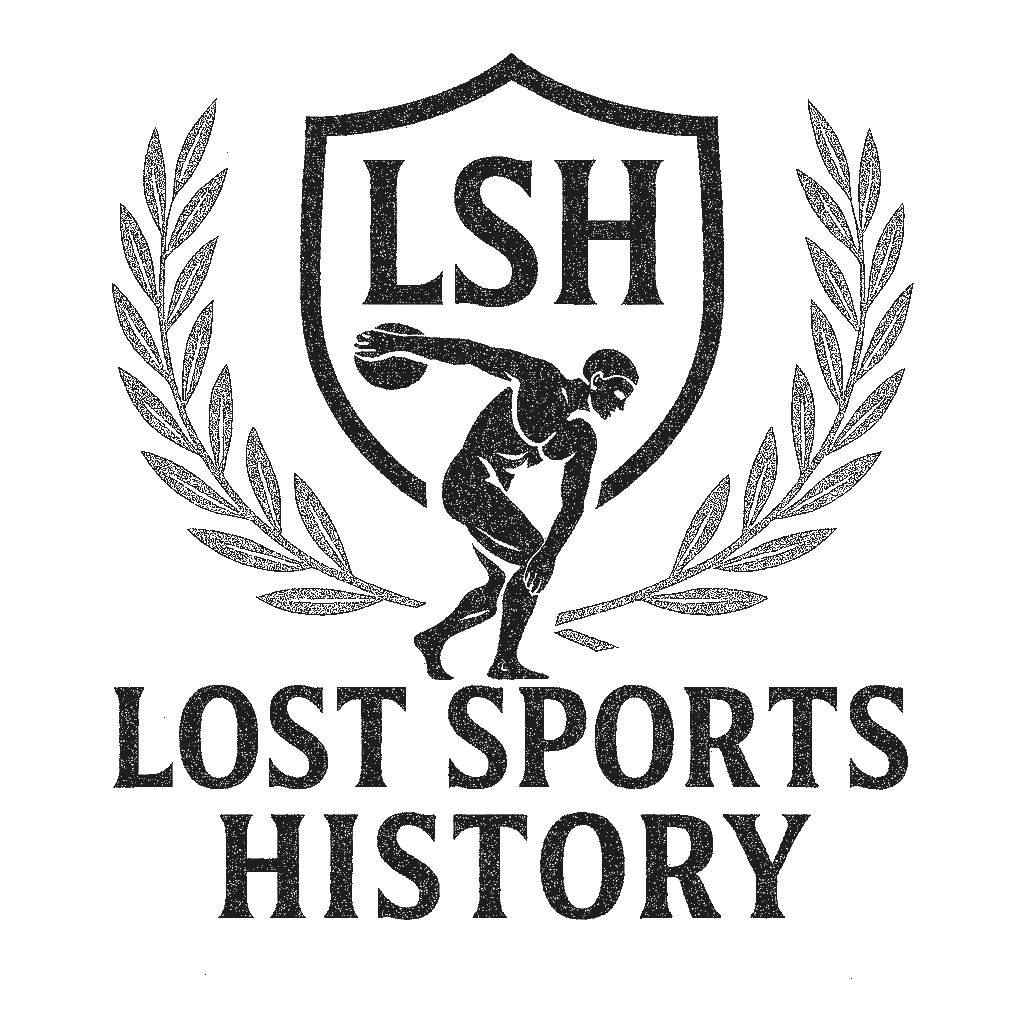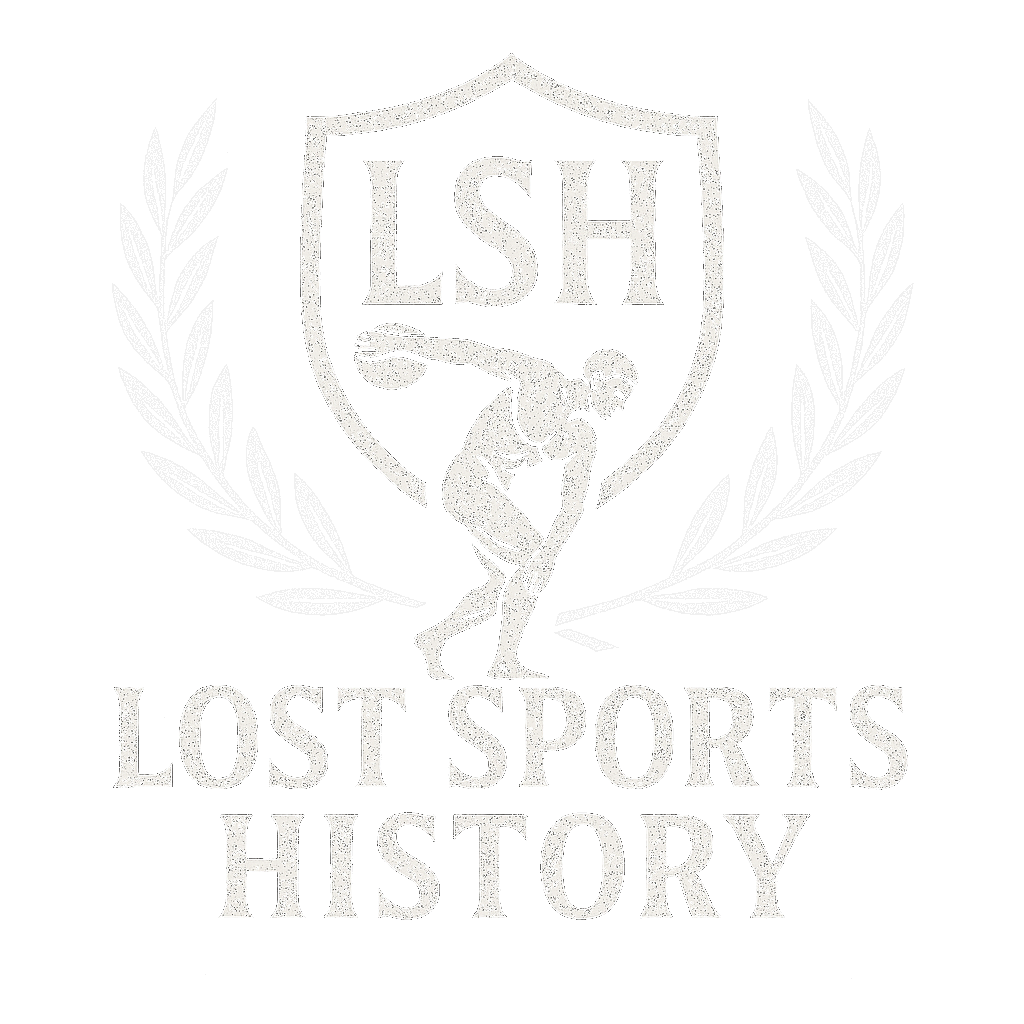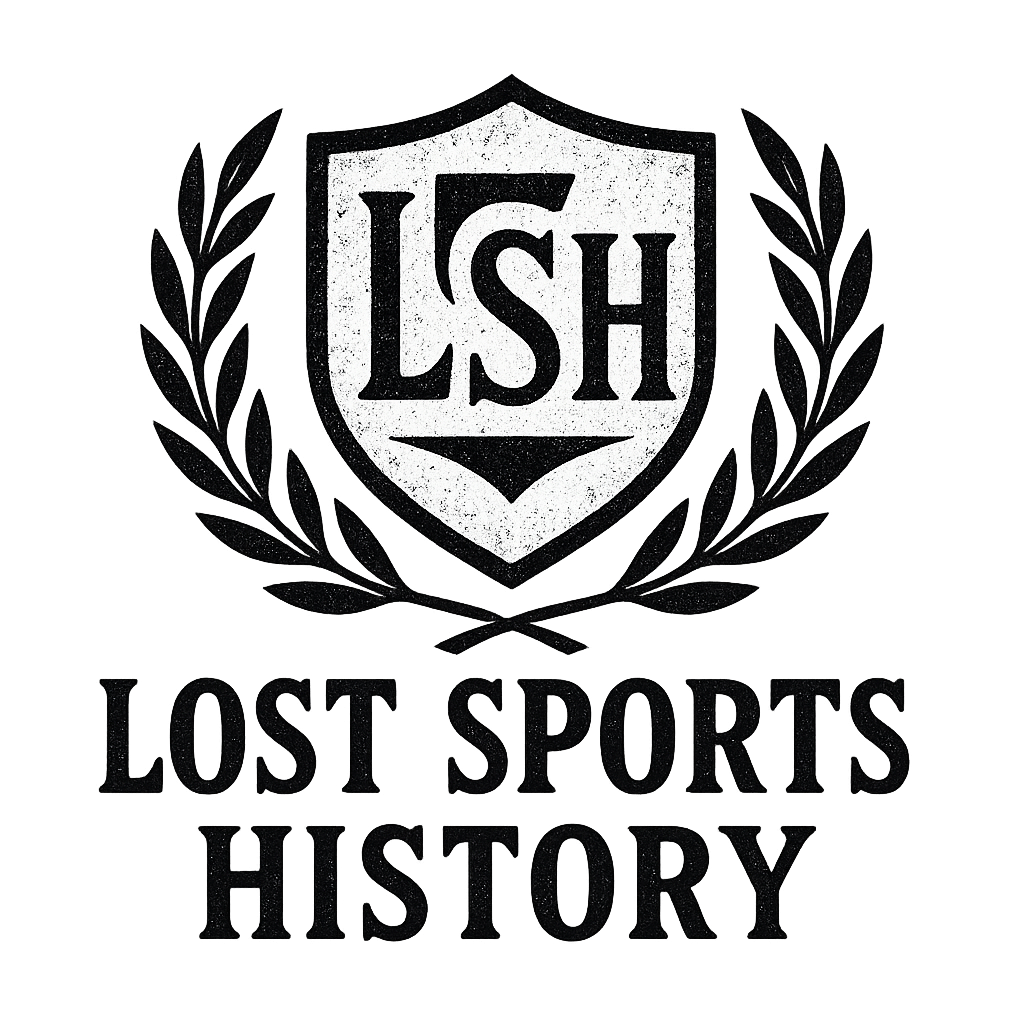Now Reading: Caid: Ireland’s Early Football Tradition
-
01
Caid: Ireland’s Early Football Tradition

Caid: Ireland’s Early Football Tradition
Imagine a game where hundreds of players from rival villages clashed across miles of open countryside, chasing a leather ball from sunrise to sunset. This wasn’t chaos—it was Caid Irish football, a fierce and unregulated tradition that makes today’s sports look orderly by comparison.
Caid Irish football was the rugged ancestor of modern Gaelic football, played for centuries in rural Ireland before official rules were introduced. This ancient ball game embodied the wild spirit of Irish village life, where communities came together for sprawling matches that often stretched between neighboring parishes.
The cultural heartbeat of Ireland has long pulsed through its traditional sports. While hurling might be called Ireland’s national game, caid shaped the social fabric of Irish communities, particularly in regions like Kerry and Cork. These games weren’t just sporting events – they were celebrations of local identity, strength, and community bonds.
In this exploration of caid’s rich history, we’ll uncover:
- The ancient origins of this distinctive Irish ball game
- The fascinating divide between field games and cross-country matches
- The physical nature and unwritten rules that governed play
- How Irish emigrants spread caid’s influence worldwide
- The transformation of this ancient sport into modern Gaelic football
Join us as we trace the journey of caid from Ireland’s misty fields to its evolution into one of the country’s most beloved modern sports. We’ll also delve into the lost sports of the ancient world and explore if it’s possible to play ancient sports today, providing a comprehensive understanding not just caid but also its broader context within the realm of sports history.
The Origins of Caid: Ireland’s Ancient Ball Game
Archaeological evidence traces caid’s roots to 14th century Ireland, with ancient manuscripts depicting players engaged in ball games across vast rural landscapes. The earliest written record appears in the Statutes of Galway (1527), which attempted to ban the sport due to its perceived disruptive nature.
The game’s name “caid” derives from the Irish word for the ball itself – crafted from animal skin, typically leather, stuffed with animal hair or a dried animal bladder. Players would spend hours meticulously preparing these balls, creating them in various sizes depending on regional preferences.
Medieval Irish communities transformed their natural surroundings into playing fields. Stone walls, trees, and geographic landmarks served as boundaries and goals, while rocky terrain and muddy fields added extra challenges to the gameplay.
Unlike other European mob football variants, caid developed distinct Irish characteristics:
- Handling Rules: Players could catch and carry the ball
- Tactical Elements: Strategic positioning and team formations
- Scoring System: Points awarded for both goals and shots over designated heights
The Dingle Peninsula in County Kerry emerged as a stronghold for caid, where matches would draw entire parishes together. Local tournaments became integral to community life, with games scheduled around agricultural calendars and religious festivals. The sport’s popularity in this region helped preserve many of its original features that would later influence modern Gaelic football.
The Two Faces of Caid: Field Games vs. Cross-Country Matches
Caid split into two distinct forms of play, each with its unique characteristics and appeal.
1. The Field Game
The field game took place on designated pitches, typically measuring 200-300 yards in length. Players aimed to score through makeshift goals crafted from tree trunks or arch-like structures made of willow branches. These matches followed loose but understood boundaries, with teams ranging from 15 to 20 players on each side.
2. The Cross-Country Variant
The cross-country variant painted a different picture. These matches sprawled across vast territories, often spanning entire parishes. Two neighboring villages might compete with teams of 40-100 players each. Natural landmarks served as boundaries – rivers, stone walls, or distant hills marked the playing field’s limits.
Significance of Cross-Country Caid Matches
Cross-country caid matches became significant social gatherings, traditionally held after Sunday Mass. These events drew entire communities together:
- Players from all age groups participated
- Local musicians provided entertainment during breaks
- Families brought food and drink to share
- Matches could last several hours or until sunset
- Victory brought parish pride and bragging rights
Regional Variations in Scoring
The scoring system varied by region. In some areas, teams needed to carry the ball across a designated parish boundary. Other versions required players to reach specific landmarks or score through natural formations. These matches fostered deep connections between neighboring communities, creating rivalries and friendships that lasted generations.
Interestingly, the scoring aspect of Caid shares some similarities with the game of darts, where precision and reaching specific targets are key components of the gameplay.
Rules and Physicality: How Caid Was Played
Caid’s rules reflected the rugged spirit of medieval Ireland, blending athletic skill with physical prowess. Players could kick the ball, carry it while running, or throw it to teammates – a versatility that distinguished it from other contemporary ball games.
The Physical Aspects of Caid
The physical aspects of Caid included:
- Wrestling techniques – Players used controlled holds to dispossess opponents
- Shoulder-to-shoulder contact – Similar to modern Gaelic football
- Strategic tackling – Aimed at gaining ball possession rather than causing harm
Unlike the extreme violence common in medieval mob football across Europe, Caid maintained a unique balance through unwritten codes of conduct. The Irish sporting tradition emphasized “manliness with honor” – a concept that discouraged excessive force while celebrating physical courage.
Traditional Rules of Caid
Traditional Caid rules varied by region, but common elements included:
- No limit on team sizes
- Matches lasting until a decisive score
- Local variations in scoring methods
- Respect for property boundaries during play
These early practices differed significantly from the standardized rules later established by the GAA. The association introduced:
- Fixed team numbers (15 players)
- Structured playing time
- Standardized scoring system
- Clear field dimensions
The evolution from Caid’s flexible guidelines to GAA’s formal rulebook marked a turning point in Irish sports history, though many core elements of the original game survived in modern Gaelic football.

Cultural Significance and Diaspora Influence
Caid’s influence stretched far beyond the boundaries of a simple sporting contest. In rural Ireland, match days transformed into vibrant social gatherings where entire communities assembled to support their local teams. These events served as natural meeting points for neighbors, strengthening social bonds and preserving cultural traditions.
The sport’s cultural impact grew exponentially as Irish emigrants carried their beloved game across oceans. In the late 19th century, Irish communities in Australia, North America, and Britain established their own versions of caid, adapting the sport to their new surroundings while maintaining its core elements.
The Connection Between Caid and Australian Rules Football
The connection between caid and Australian Rules Football presents a fascinating historical debate. Several striking similarities exist between the two sports:
- High catching of the ball
- Physical tackling techniques
- The use of both hands and feet
- Large playing fields with goal posts
Irish migrants in Australia, particularly during the gold rush era, brought their sporting traditions to their new home. Many historians argue that these Irish settlers significantly influenced the development of Australian Rules Football, pointing to the shared characteristics between caid and early versions of the Australian game.
The Impact on Irish Communities in America
The sport’s reach extended to Irish communities in major American cities, where regular matches drew substantial crowds. These games helped preserve Irish cultural identity abroad while introducing local populations to traditional Irish athletics. In many cases, these cultural exchanges led to the formation of dedicated sports clubs that still exist today.
From Caid to Gaelic Football: The Evolution of Rules and Play
The formation of the Gaelic Athletic Association (GAA) in 1884 was a turning point in the history of Irish sports. Led by Michael Cusack, the GAA aimed to standardize traditional Irish games, transforming the informal game of caid into a more organized version known as Gaelic football.
Influences on the Codification Process
The process of codifying the rules drew inspiration from various sources:
- Victorian Rules: The GAA adopted elements from Victorian football, such as structured playing time and referee systems.
- Field Dimensions: Standard pitch sizes replaced the varying playing areas of traditional caid.
- Team Structure: Fixed 15-player teams substituted the unlimited number of participants in cross-country matches.
Key Changes Introduced by the New Rulebook
The new rulebook established important modifications:
- Scoring System: Introduction of points alongside goals.
- Equipment Standards: Regulation leather balls replaced traditional animal bladders.
- Playing Time: Four 15-minute quarters replaced daylong matches.
- Goal Structure: H-shaped posts became mandatory, ending the use of tree trunks and natural markers.
Resistance and Acceptance
Initially, there was resistance from traditional caid players who valued the sport’s free-spirited nature. However, these changes proved crucial for Gaelic football’s growth as a national sport. The new format allowed for organized competitions, regular schedules, and consistent referee interpretations across different regions.
Preserving Tradition while Embracing Change
The transformation maintained caid’s fundamental aspects – hand-passing, solo-running, and physical contests – while introducing structure to meet modern sporting needs. This delicate balance between tradition and innovation played a significant role in establishing Gaelic football as Ireland’s leading field sport.

Lost Traditions: What Happened to Caid?
The decline of traditional caid mirrors Ireland’s rapid social transformation during the late 19th and early 20th centuries. Urbanization drew people away from rural communities where cross-country caid thrived, breaking the chain of local sporting traditions passed down through generations.
The Impact of GAA’s Standardization
The standardization of rules by the GAA created a double-edged sword:
- Unified gameplay brought structure and organization
- Lost regional variations unique to different counties
- Disappearance of cross-parish matches spanning miles
- Elimination of traditional wrestling elements
Changing Dynamics Due to the Industrial Revolution
The industrial revolution’s impact reached beyond urban centers, changing rural life patterns. Sunday matches declined as work schedules shifted, and enclosed fields replaced open countryside games.
Physical Elements Disappearing Under New Regulations
Traditional caid’s physical elements – once integral to the sport – disappeared under new regulations:
- Wrestling holds
- Full-contact tackling
- Cross-country running with the ball
- Variable team sizes
Interestingly, some aspects of ancient sports, like those seen in caid, have parallels with 10 ancient sports that inspired today’s Olympic games. These connections highlight the rich heritage and influence of traditional games.
Efforts to Preserve Old Traditions
Small pockets of resistance keep old traditions alive. The Kerry Caid Revival Group hosts annual matches using historical rules, while the Traditional Games Society documents and preserves ancient playing techniques. These efforts maintain a tangible link to Ireland’s sporting heritage, though modern Gaelic football remains the dominant form.
Renewed Interest from Archaeological Discoveries
Recent archaeological discoveries near ancient Irish settlements have sparked renewed interest in caid’s original forms. Local history groups now organize demonstrations at cultural festivals, showcasing lost gameplay elements to new generations. Such events are reminiscent of ancient warriors training, emphasizing the rigorous physical preparation that was once a hallmark of these traditional sports.
Lessons from Banned Sports
The journey of caid also serves as a reminder of banned and forbidden sports which were deemed too dangerous to continue. These narratives enrich our understanding of the evolution of sports in Ireland.
The Roots of Contemporary Sports
While modern Gaelic football has overshadowed traditional caid, it’s important to remember that many contemporary sports have their roots in ancient practices, some of which were among the deadliest sports in history, characterized by extreme challenges and risks.
In recent years, there has been a growing movement towards reviving traditional Irish sports. This resurgence is not just about nostalgia; it’s about reconnecting with cultural roots and preserving a unique aspect of Irish heritage for future generations.
Comparing Ancient Caid to Modern Gaelic Football and Other Codes
Ancient caid and modern Gaelic football share similarities but have significant differences in how they are played. Modern Gaelic football has specific rules – 15 players on each team, standardized field sizes, and particular ways of scoring. On the other hand, ancient caid had a more flexible style, with teams consisting of anywhere from dozens to hundreds of players.
Physical Differences
The physical aspects of both sports show interesting contrasts:
Ancient Caid
- Allowed wrestling holds and aggressive tackling
- Used leather balls stuffed with animal hair or bladders
- Featured minimal protective equipment
- Played on varied terrain including hills and fields
Modern Gaelic Football
- Uses regulated hand-passing and shoulder-to-shoulder contact
- Employs standardized round leather balls
- Requires specific footwear and protective gear
- Played on marked pitches with fixed dimensions
These differences reflect similar changes in European folk football traditions. The Cornish hurling game, like caid, once involved large numbers of people playing over wide areas. The Italian calcio storico kept its historical rough-and-tumble nature, while caid evolved into a more organized sport.
Pace of Play
Another major difference is the speed of play. Ancient caid matches could last all day, with players chasing the ball across different parishes. In contrast, modern Gaelic football has two halves of 35 minutes each, played at a fast pace with strategic complexity that would be unfamiliar to medieval Irish players.
Legacy of Ireland’s Ancient Game
Caid stands as a testament to Ireland’s vibrant sporting heritage – a game that shaped communities and forged lasting bonds across generations. This ancient precursor to Gaelic football reveals how deeply sports traditions weave into Irish cultural identity.
The spirit of Caid lives on through modern GAA games, yet its raw, untamed nature offers valuable insights into how sports once united entire parishes and counties. Its cross-country matches spanning miles and games played with leather-bound bladders paint a fascinating picture of athletic traditions born from simpler times.
The story of Caid reminds us to look beyond today’s standardized sports. What other forgotten games might tell us about our ancestors’ lives? What ancient sporting traditions still wait to be rediscovered in Ireland’s rich historical tapestry?
“In every kick of a modern football echoes the legacy of Caid – wild, free, and purely Irish.”


















